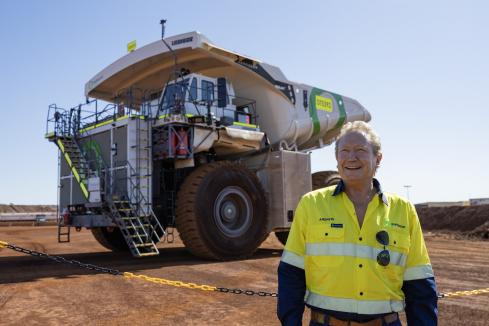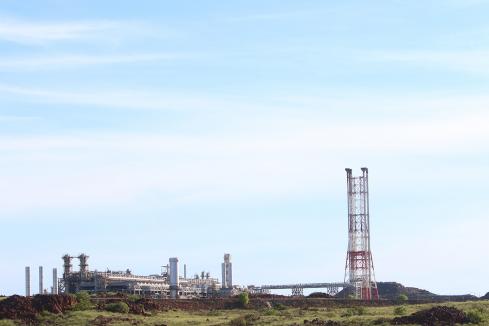The point about energy, old or new, is that the state has it, and the world wants it.


Energy, old and new, will be the next driver of the Western Australian economy as iron ore fades into one of its traditional 10-year downturns, which always follow periods of capital-intensive project expansion.
The oil price recovery to $US80 per barrel and soaring demand for liquefied natural gas is ensuring a positive final investment decision on Woodside Petroleum’s Scarborough project just as iron ore threatens to sag below the $US100 per tonne mark.
Other gas projects, including those in the born-again Perth Basin, will ensure abundant local gas availability.
But, as the old world of fossil fuels gets a fresh lease of life, the new world of battery metals will enter a significant expansion phase, led by lithium and nickel.
Whether it’s good luck or good planning, the point about energy is that WA has it, and the world wants it, whether it’s old or new.
China’s energy crisis, caused largely by botched central planning, is a case study of what’s starting to happen globally as governments recognise the problem of trying to move too quickly away from fossil fuels in the hope that renewables will plug any gaps.
The attempt to shift from one dominant source of energy to another is not working as industry and households discover that, while fossil fuels might be politically incorrect, it’s hard to live without them, even if there’s a climate change argument that we’re having a problem living with them.
The increasingly expensive problem caused by trying to consign oil and gas to the sin bin reserved for gross polluters is that a viable alternative is not yet available, which is why China is scouring the world for coal, oil and LNG.
Renewable energy sources (such as wind, solar and hydrogen) will grow, as will battery storage to make up for reliability shortfalls, but the stark reality is that renewables are not viable replacements yet for the flexibility and abundance of fossil fuels.
The remarkable demand last month from China’s vice premier, Han Zheng, that energy supplies had to be secured “whatever the cost” is a pointer to where the rest of the world is heading, especially in Europe, which has travelled furthest down the renewables road only to find that it can’t provide enough power for industry.
The next big energy test will come at the end of October at the United Nations-hosted COP26 climate change conference in Glasgow, where fossil fuels will predictably be condemned, and renewables predictably praised.
Unfortunately, the reality is that a politically correct view of driving fossil fuels out of the market will prove to be exceptionally difficult in the short term with more energy emergencies like that gripping China a dead certainty until renewables prove themselves as reliable and cost-efficient successors.
In the meantime, WA has a deal for the rest of world, a smorgasbord of energy sources (including uranium) and the metals needed for energy storage.
Property pressures
It's not such good news in the Perth property market where a housing boom is showing signs of peaking, with the next significant move more likely to be down than up.
The downturn will not happen overnight and there should be a period of plateauing but there are multiple pressures building in the property sector.
An end to the era of super-cheap money is the most obvious negative factor on the property horizon, but not far behind is the promise of tougher lending standards as government regulators turn their attention to the quality of bank loans and the ability of borrowers to meet their repayments.
Stress tests of bank balance sheets by organisations such as the Australian Prudential Regulation Authority are starting to reveal signs of the age-old problem of banks being too generous with their lending and borrowers telling fibs about their income.
Tighter lending rules will be the first squeeze on the market, lowering the amount of money a bank can lend on a mortgage and squeezing poorer customers out of the market. But the near certainty of tougher loan qualification rules is just one of the problems which will put a cap on residential property prices.
Other downward price pressures include:
• Rising interest rates, which will force up monthly mortgage costs.
• Rising oil prices, which will have a similar effect on household budgets as higher mortgage repayments.
• An economic slowdown in China, which could spread to the rest of the world and hit demand for commodities such as iron ore and copper though probably not for energy materials, which are already in short supply.














